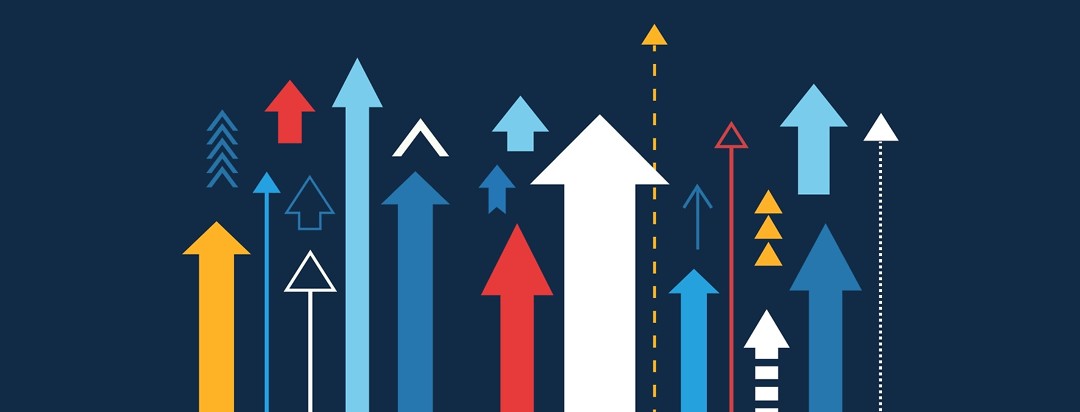“Migraine is not a 1 or 0 thing”
Migraine neglect
When I asked Canadian Migraine Specialist Dr. Elizabeth Leroux why migraine research and treatment is so egregiously underfunded in proportion to the widespread disability it causes, she noted migraine stigma and some of its many roots. She brought up sexism; lack of effective treatments; patient blaming; association with factors that are already stigmatized (weight gain, anxiety, depression, and a lack of productivity). Lastly, she pointed out that the variability of the disease leads to some confusion.
“The complexity needs to be addressed by education. Migraine is variable. We have to stop imagining that is a 1 or 0 thing.”
It’s NOT a headache
As advocates, we work so hard to convey the severity of migraine. It’s not just headache we say emphatically in our heads, online, and out loud at the dinner table. It’s a disabling disease. It has no cure. It turns lives upside down. Please don’t send me one more article about how to cure headaches and stress with one magic technique or I will likely murder you in your sleep!
On our mission to convey the gravity of migraine on an individual and societal level, we can forget that an individual migraine attacks are not always severe.
A tale of two migraines
Take my most recent migraine: It came on as I was falling asleep. I was irritated at being jolted awake multiple times by a buzzing/swelling discomfort in my head, neck, and shoulders. I took a melatonin, then another, then a Gravol, and was asleep by midnight. I got seven solid hours of sleep, and when I woke, I felt pretty good. This attack was absolutely mild. Its resolution did not require any migraine-specific drugs. It barely disrupted my daily routine.
The attack before that was very different. It came on in the afternoon. Neck pain was swiftly accompanied by light-as-pain, sound-as-pain, and physical exertion-as-pain. Nausea came next as mental focus and word retrieval left. I medicated at the first sign of symptoms and chose to continue working against my better judgment (because I felt I had to, and because damn you migraine if you’re going to hijack my plans whenever you feel like it). By dinnertime I was in bed trying not to cry, trying not to move, trying to relax, trying to breath more deeply, trying to figure out what combination and ice, essential oils, rescue medications, and snacks might help me feel less like I would rather be dead.
Most of my migraine attacks fall somewhere in between these two extremes, but these vastly different experiences happened within three days. In one body. And they can’t even begin to represent the broad spectrum of migraine symptoms and severity that exist in the world.
My aunt just takes an Excedrin, and she’s fine.
When people think that migraine is not a big deal, or that it is just a headache, they’re not entirely wrong…just mostly wrong. Migraine, sometimes, is a highly manageable inconvenience with a primary complaint of head pain. But it can also be a trip to hell and back, uphill both ways.
How do we acknowledge that someone’s aunt resolves her migraine attacks with over-the-counter pills while also asserting that we’ve left a career and been struggling with depression for years because of the same condition?
The whole truth
I don’t have any concrete answers, but I do know that the denial of less severe or disabling migraine attacks is dishonest. Maybe we need to talk more explicitly about migraine as a spectrum, including the variability of effective treatment plans in individuals. Maybe if people understood migraine as a spectrum – one that includes everything from mild or infrequent attacks to chronic, severe attacks – it would be a significant step forward in helping migraine receive the kind of attention it deserves.
How do you respond when people downplay the disability caused by migraine?

Join the conversation